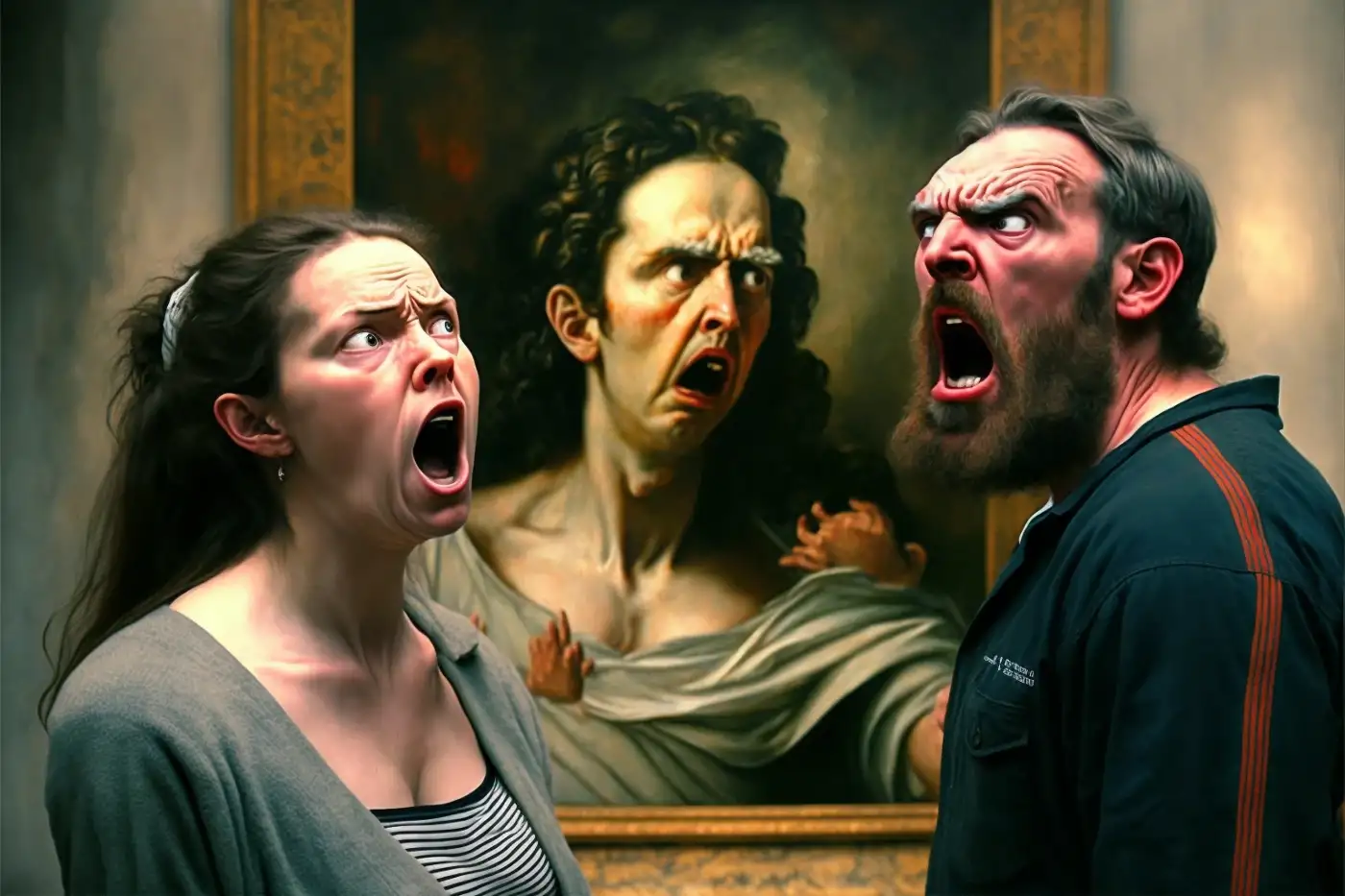CAN ARTIST AND AI CO-EXIST 
HOW AI ART IS DIFFERENT FROM HUMAN ART/ TRADITIONAL ART?
AI-generated artwork is different from traditional artwork created by human artists in several ways:
The use of AI in the art industry has both potential benefits and drawbacks:
Pros:
Efficiency: AI can automate repetitive tasks and allow artists to focus on more creative aspects of their work.
Accessibility: AI can make art more accessible to a wider audience by making it easier to create, share and consume.
Innovation: AI can open up new possibilities for art and allow for the creation of new forms of expression that would not be possible with traditional art-making methods.
Personalization: AI can create personalized artworks based on the preferences and characteristics of the viewer.
Cons:
Lack of creativity: AI-generated art may lack the unique perspective and emotional depth that is present in traditional artwork.
Job displacement: AI may displace jobs in the art industry, as it can automate certain tasks that were previously done by humans.
Quality: AI-generated art can be of lower quality than traditional art, as it may not be able to interpret the intent of the artist.
Replacing human emotions: AI-generated art may not be able to convey the same emotions as traditional art, as it is created by machine learning models and not by human emotions.
Overall, while AI has the potential to revolutionize the art industry and open up new possibilities, it is important to consider the potential consequences and ensure that it is used in a way that complements, rather than replaces, human creativity.


Comments
Post a Comment